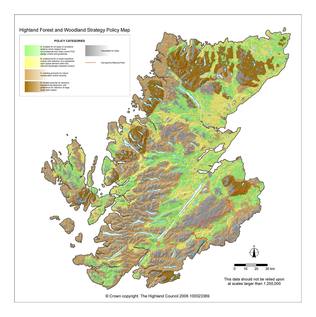Sounds like they just need to fix their prices. Adding some local storage of some kind would also help.Six wind farms were given six-figure payments to switch off their turbines because the Scottish grid network could not absorb all the energy being produced, it has emerged.
Research by the Renewable Energy Foundation (REF) found energy companies were paid a total of £900,000 for stopping the turbines for several hours between April 5 and 6 this year.
The REF said some of the payments were as high as 20 times the value of the electricity which would have been generated if the turbines kept running.
The National Grid makes constraint payments to power stations that agree to stop generating in order to stabilise the network.
It happens when the grid system or a section of the system is unable to absorb all the electricity being generated, and some generators that are contracted to generate are asked to stand down.
-jsq


